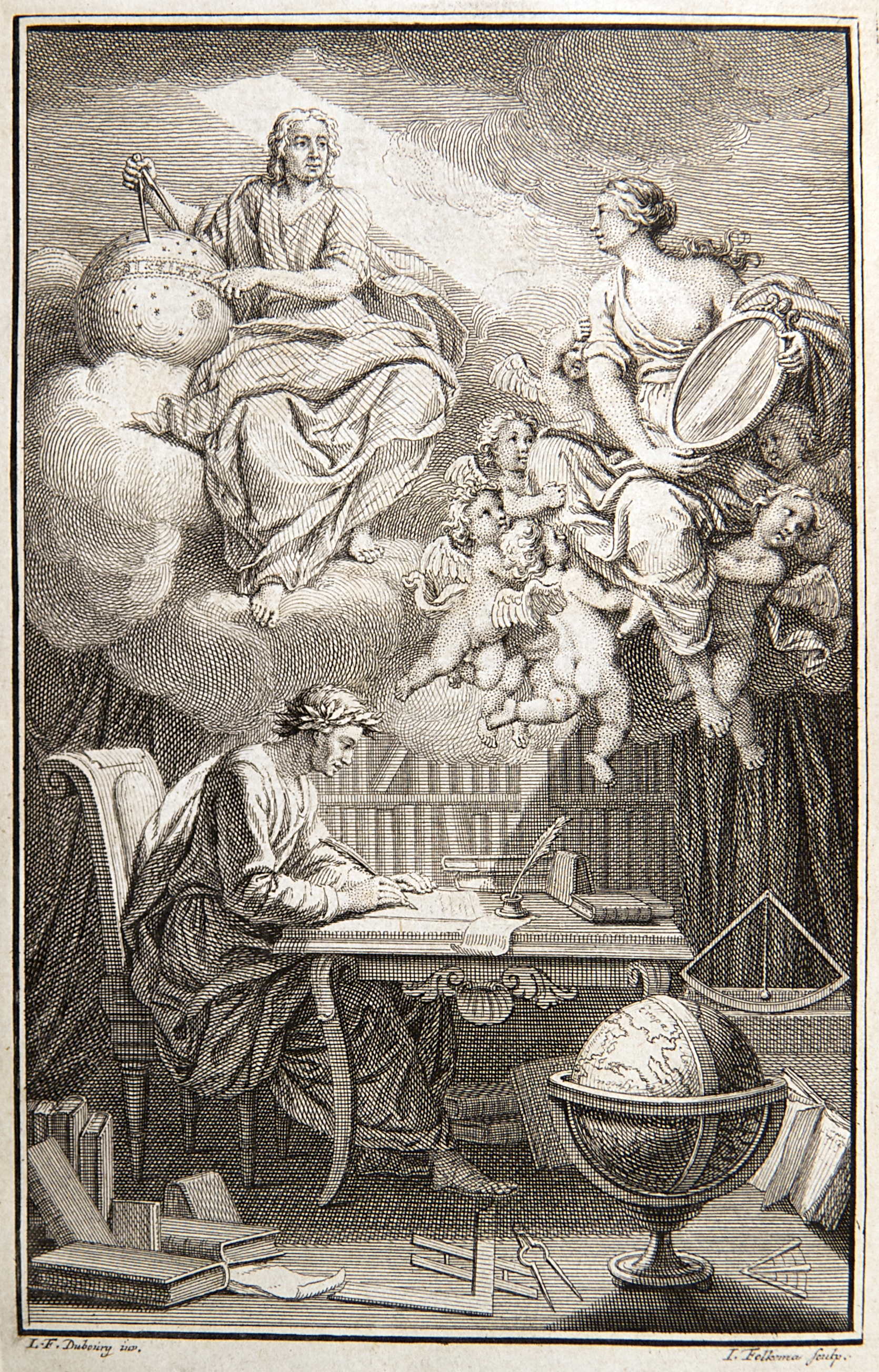
First Impression
Fortunately, or maybe unfortunately, with the passage of AB327, the thorny issue of Net Energy Metering and rate design has been given over to the CPUC. But recognize that this is a poisoned chalice: the Commission will come under intense pressure to use this authority to protect the interest of the utilities over those of consumers and potential self-generators, all in the name of addressing exaggerated concerns about grid stability, cost and fairness. You – my fellow Commissioners - all must be bold and forthright in defending and strengthening our state’s commitment to clean and distributed energy generation.
Final Commissioner Report by Mark Ferron, January 16, 2014
Second Impression
Commissioner Mark J. Ferron stated "It's critical that the State invest in technologies such as concentrated solar combined with molten salts storage", "In my personal view, projects like solar Rice will be important to demonstrate that we can firm and shape intermittent renewables with clean technology, not just with fossil technologies".
PPA amendment for Rice CSP plant with PG&E approved by CPUC
Here's what my cat has to say about that:
455555555555555555555555555555555555555555aswwwwwwwwwwwwwwwwwwwwwwwwwwwwwwwwwwwwwwwwwwwwwwwwww
She sure has a way with words.
But anyways, while my first impression of Mr. Ferron was positive my second impression was not so much. In the second quote Ferron is defending a Dinosaur of a project that should have been cancelled long ago. The Rice project won a Power Power Purchase Agreement back in 2009. The PPA they won is likely in the neighborhood of 200 $/MWh compared to a current fair market value closer to 100 $/MWh. Ferron had an opportunity to vote against a project that produces electricity at twice the current costs but he didn't - none of the commissioners did.
Based on these rough numbers here's how much extra this project costs California:
450,000 MWh/year * 25 years * about $100 extra per MWh = 1125 million dollars extra over the life of the project. This represents a Net Present Value of around 350 million dollars. You can do a lot of good stuff with 350 million dollars. For example you could use that 350 million to provide loan guarantees on residential photoelectric systems. If you assumed an installed cost of $3/Watt and a default rate on the loans of 5% you'd be able to insure loans capable of deploying nearly 2.5 GW of rooftop solar. You'd get 8 times more clean energy with this rooftop solar scheme. I realize there are some debatable assumptions built into this comparison but I doubt I'm off by a multiple of 8.
Ferron's fundamental error is that there are much cheaper ways to firm wind and solar even when restricted to non-fossil resources. Second off, we shouldn't artificially confine ourselves to using non-fossil resources for firming - that's a completely unnecessary self-imposed handicap. It's a Perfect Idea bending over and asking for a real Good Fuck. What you want to do is Firm wind and solar with a portfolio of low cost resources. Part of that portfolio is definitely going to include fossil plants. The Rice CSP plant won't make the medium list of cost effective Firming resources let alone the short list.
It's a pity you know - the CPUC voted unanimously for the Rice project despite earlier indications they were getting wise to the high costs of CSP projects. Way back in November of 2011, CPUC commissioner Mike Florio noted the following about CSP: Solar trough technology has "been around for a long time, and is not getting cheaper, if anything it's getting more expensive." Florio also noted that these CSP power purchase agreements have been established with "extraordinary above-market costs," totaling $1.25 billion over the life of the PPA. You've got to wonder, with California still struggling to recover from the Great Recession why is the CPUC still voting to build expensive Toys? This team should be making smarter decisions.
No comments:
Post a Comment